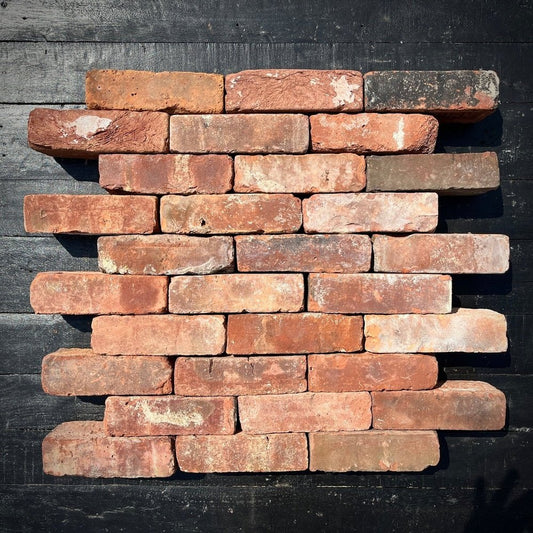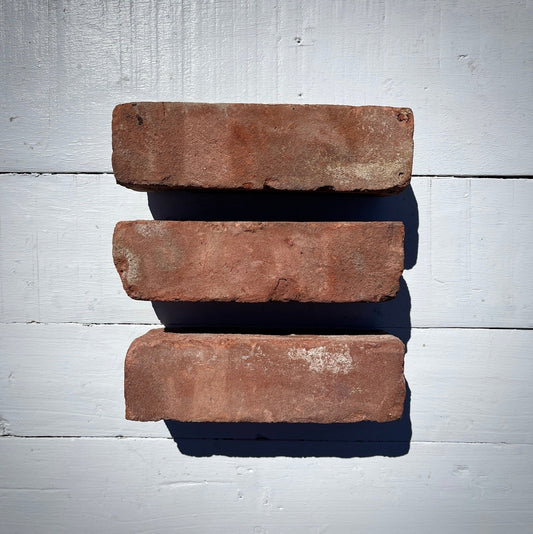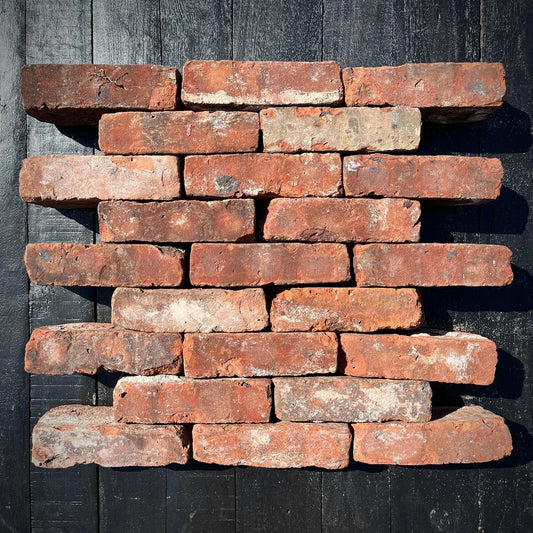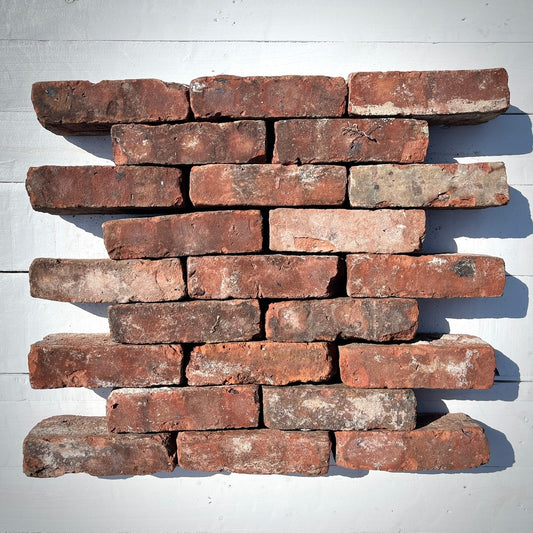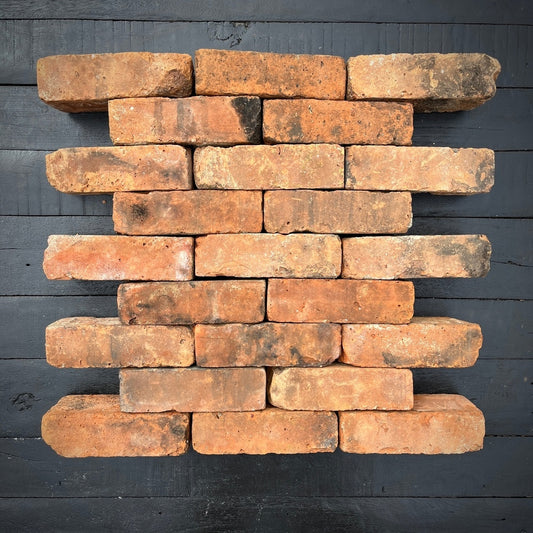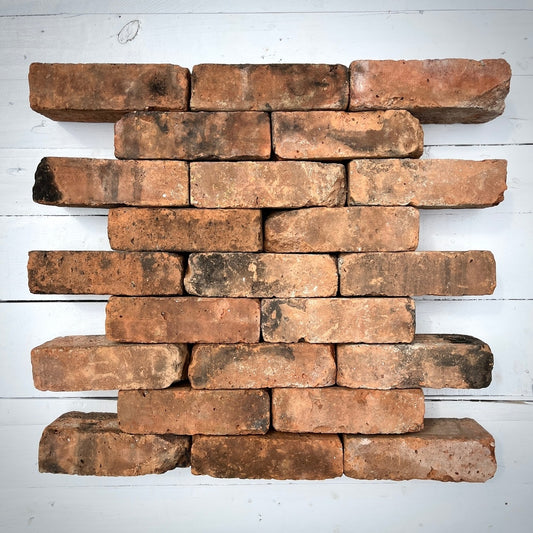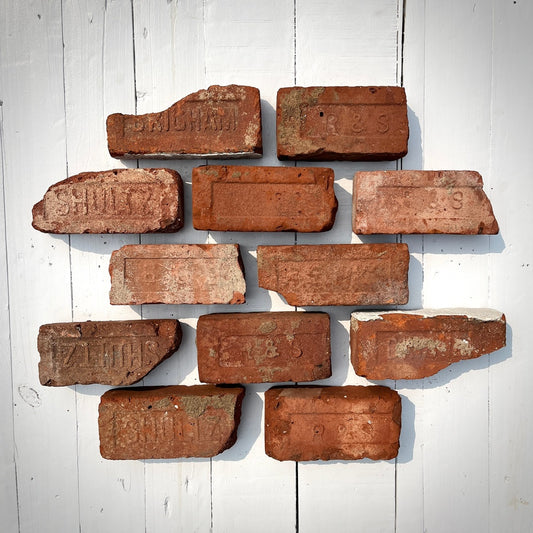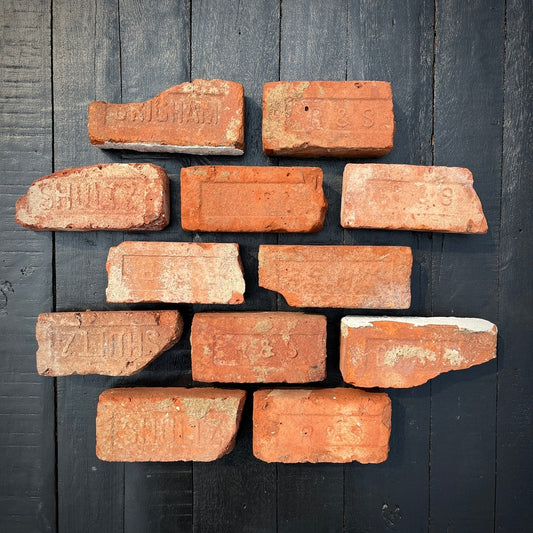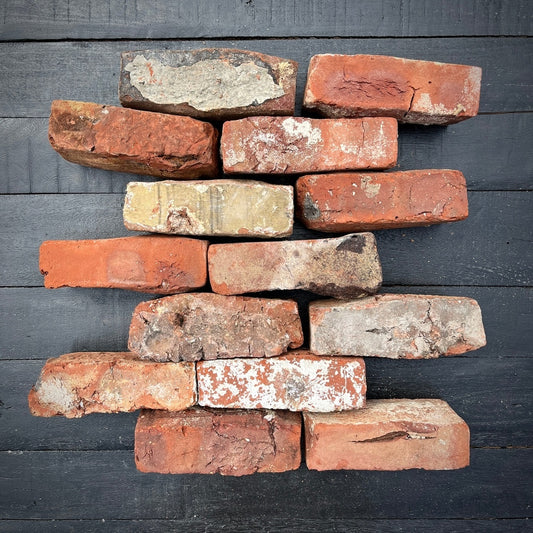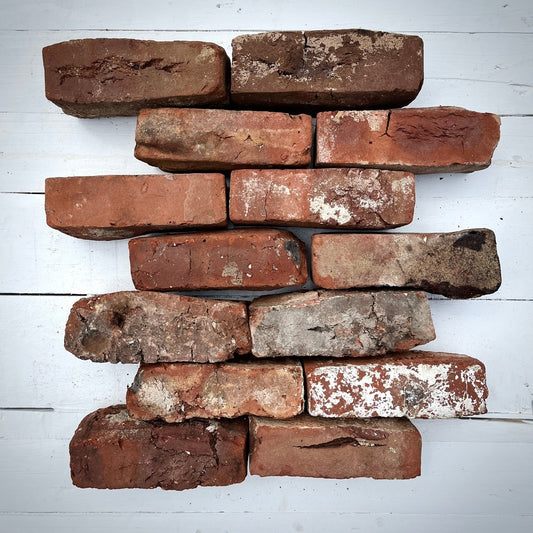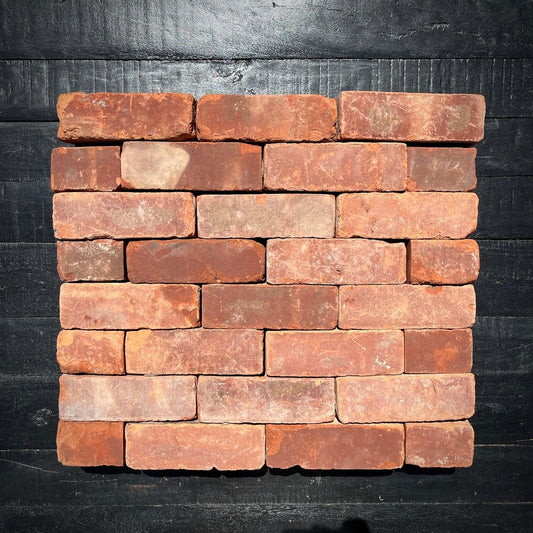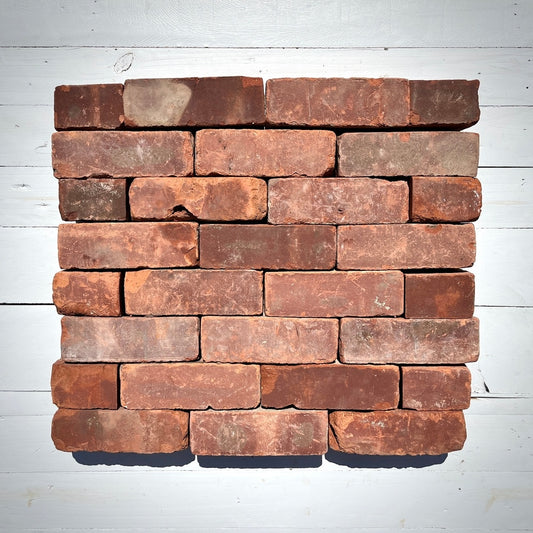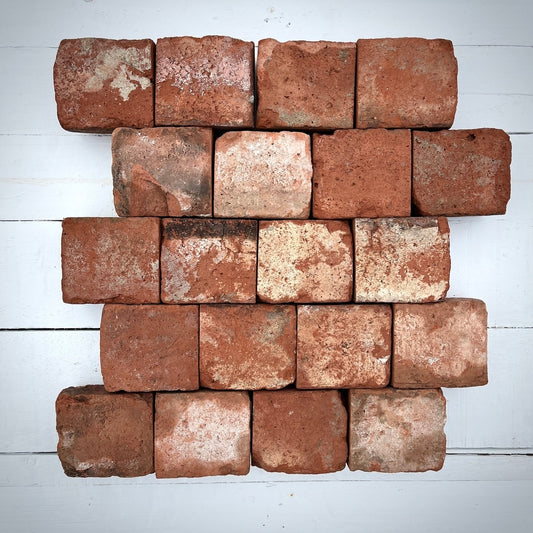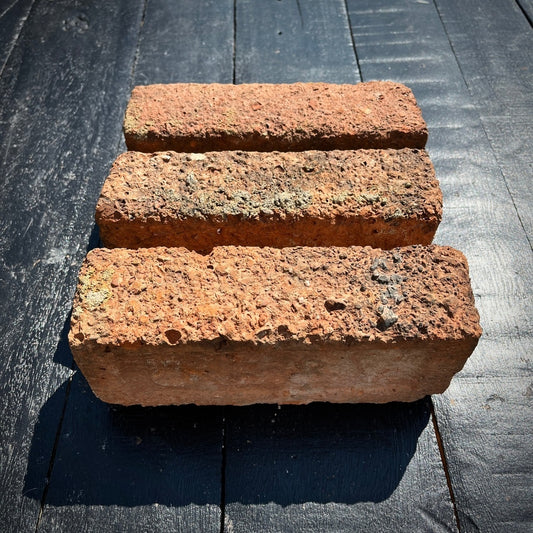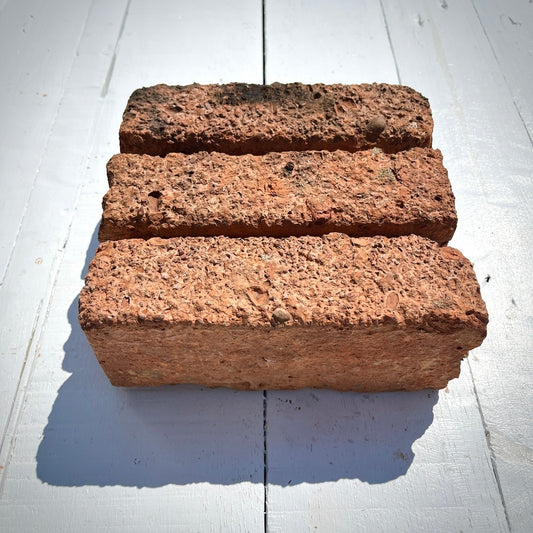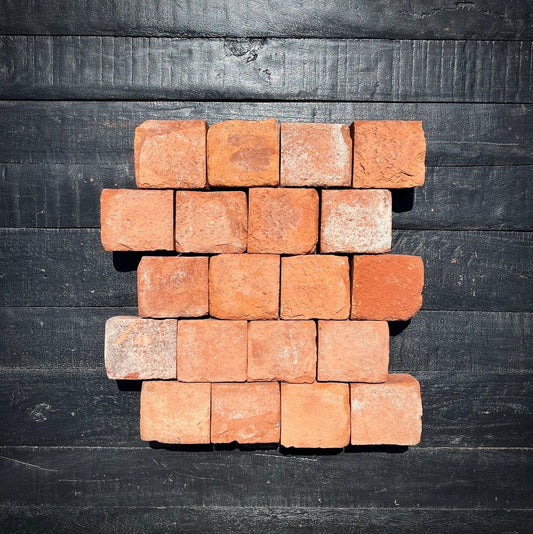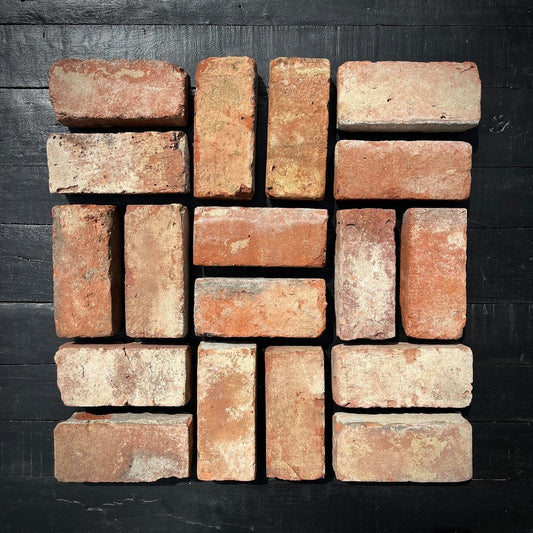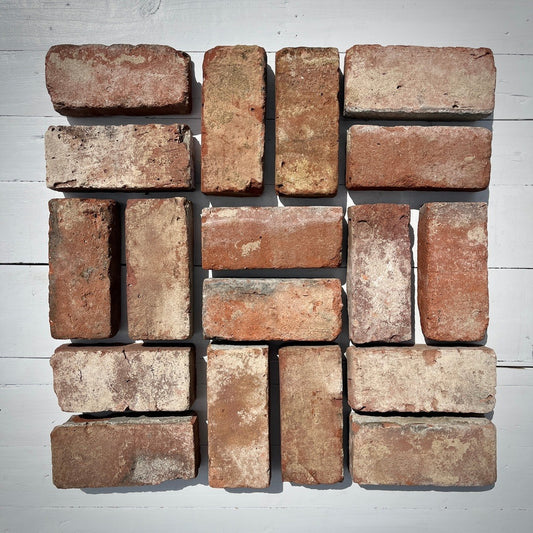Sealing bricks can make them easier to maintain by protecting them from stains, moisture, and wear.
Here’s a guide to properly seal your brick floor.
1. Choose the right sealant
- Penetrating sealers: These seep into the brick and provide a natural, matte finish without altering the surface’s appearance. Ideal for maintaining the raw brick look.
- Film-forming sealers: These sit on the surface, creating a glossy or semi-glossy finish. They enhance the color and provide a smoother, shiny look.
- Wet look sealers: Provide a darker, richer, and slightly glossy finish, mimicking the look of wet bricks.
Choose a sealant specifically labeled for brick or masonry to ensure proper performance.
The sealers we love
|
|
The Interior/Exterior Brick Sealer is a water-based, clear sealer designed to protect brick, stone, and masonry surfaces. It provides a durable, non-yellowing finish that enhances the appearance of surfaces while resisting moisture, stains, and wear. Ideal for both indoor and outdoor use, it is easy to apply and ensures long-lasting protection. For more details, visit the product page on Amazon. |
|
Dominator Stone+ Gloss Acrylic Sealer Interior/Exterior
|
The DOMINATOR Seal for Pavers and Concrete is a professional-grade, water-based sealer designed to enhance and protect outdoor surfaces. It provides a wet-look, low-gloss finish that enriches color while delivering long-lasting resistance to stains, oils, and moisture. Ideal for pavers, stone, and concrete, it offers easy application with superior coverage. For more details, visit the product page on Amazon. |
2. Prepare the Surface
1. Clean thoroughly
- Remove dirt, dust, and stains using a pH-neutral cleaner.
- Allow the floor to dry completely. Sealing over moisture can trap it and lead to issues like efflorescence or discoloration.
2. Test the sealant
Apply a small amount of sealant in an inconspicuous area to ensure it achieves the desired look.
3. Application process
1. Protect surrounding areas
- Use painter’s tape to mask edges where the floor meets walls or other surfaces.
- Remove furniture and cover any nearby items to prevent splashes.
2. Apply the sealant
- Use a paint roller, sprayer, or sponge applicator, depending on the sealant type.
- Apply evenly in a thin, uniform layer.
- Work in small sections to maintain consistency.
3. Allow to dry
Follow the manufacturer’s recommended drying time, which can vary between 24 to 48 hours.
4. Apply a second coat (if needed)
Some sealants require multiple coats for maximum protection. Apply the second coat after the first is fully dry.
4. Maintenance after sealing
1. Regular cleaning
Use a mild soap and water solution. Avoid acidic cleaners, as they can degrade the sealant.
2. Re-seal periodically
Depending on foot traffic, reapply the sealant every 1–3 years to maintain protection.
Additional tips
- Ensure proper ventilation during application, as some sealants may release fumes.
- Avoid walking on the floor until the sealant is fully cured.
- Use a non-slip additive in the sealant for safety, especially in areas prone to getting wet.




